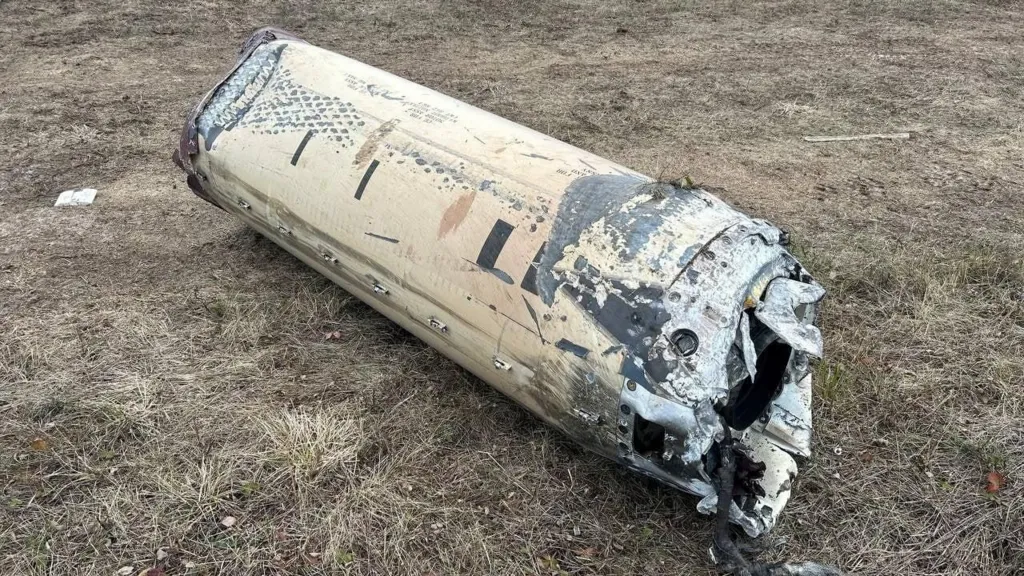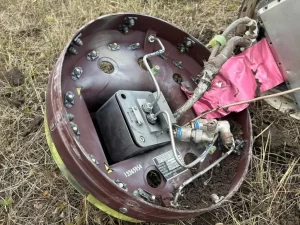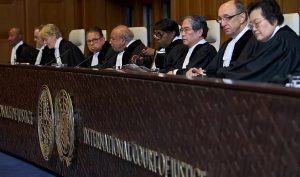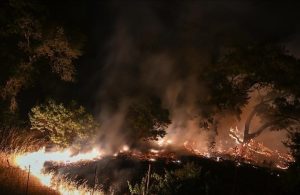Key Russian air defence system hit in Ukraine Atacms strike
3 min read
FILE- Reuters
Russia has acknowledged a significant attack on its air defence systems, admitting that Ukraine successfully struck a key air base and a major S-400 air defence missile battalion in the Kursk region using U.S.-supplied Atacms missiles. This admission marks a rare instance of public recognition by Russia of damage inflicted by Ukrainian forces. The strike was reported a day after Ukraine claimed it had hit several targets in the area.
The Russian Defence Ministry responded with threats of retaliation, a statement underscoring the seriousness of the attack. According to the Russian Defence Ministry, three out of five Atacms missiles launched at the S-400 battalion were intercepted, but two managed to hit their targets. The resulting damage reportedly included a radar system being knocked out and casualties, though exact numbers were not disclosed. The S-400 system, regarded as Russia’s closest equivalent to the U.S. Patriot missile defense system, is one of Russia’s most advanced air defence assets. This attack represents a significant blow to Russia’s ability to protect its airspace.
In addition to the S-400 strike, Ukraine also targeted the Khalino (Kursk East) air base, where one missile managed to breach Russian defences. The Russian Ministry described the damage as “insignificant,” but photos of the aftermath were shared, showing debris from the attack. These strikes follow a larger series of military actions in the region, which have raised tensions between Russia and Ukraine, especially after the U.S. reportedly gave Ukraine the green light to use Atacms missiles against targets within Russian territory last week. This decision was seen as a response to Russia’s reported deployment of North Korean troops, a move that escalated the conflict further.
Meanwhile, Ukraine’s air force reported a record 188 Russian drones being launched in a single attack on Monday night, marking a significant escalation in Russia’s aerial assault. The drones were reportedly aimed at critical infrastructure, and many were shot down by Ukrainian defences. However, some of the drones were able to evade interception, leading to the damage of residential buildings and power infrastructure. A large part of the western Ternopil region’s power grid was knocked out, with around 70% of the area’s power cut off, according to local authorities.
The relentless drone attacks are part of an ongoing strategy by Russia to cripple Ukraine’s infrastructure, targeting both military assets and civilian areas. Ukrainian forces continue to defend against these assaults, with significant success in intercepting the drones, but the attacks are still causing widespread disruption.

The escalating missile and drone strikes come amid growing concerns that the conflict is entering a more dangerous phase. While Russia continues to engage in aerial bombardment, ground progress in Ukraine remains slow. Despite Russia’s offensive operations in eastern Ukraine, the gains have been limited compared to earlier phases of the war. Reports suggest that Russia is advancing at a much slower pace than during the early days of the invasion, particularly when its forces were able to quickly approach Kyiv in February and March 2022. These slow and costly advances indicate that Russia is facing significant resistance from Ukrainian forces.
Meanwhile, Ukrainian forces continue to press their own counteroffensive, reclaiming territory but at a high cost. According to some reports, Ukraine is reportedly losing territory at the fastest rate since the early stages of the invasion, although the situation remains fluid. Russian military bloggers have speculated about Ukraine’s difficulties in maintaining its territorial gains, especially in the east. Despite these challenges, Russia’s progress in the region is slow, and both sides continue to sustain heavy casualties.
The conflict’s toll on civilians and infrastructure continues to be immense, with both countries’ military strategies increasingly focusing on disrupting the other’s logistical and defensive capabilities. As the war stretches into its second year, international concerns about the prolonged destruction and its implications for the region grow, with many fearing further escalation.
The recent attacks in the Kursk region illustrate the high stakes involved in this ongoing conflict. Both Ukraine and Russia are demonstrating their capacity to launch sophisticated strikes deep into the other’s territory, signaling that the war is far from over and that more significant engagements are likely in the future.





